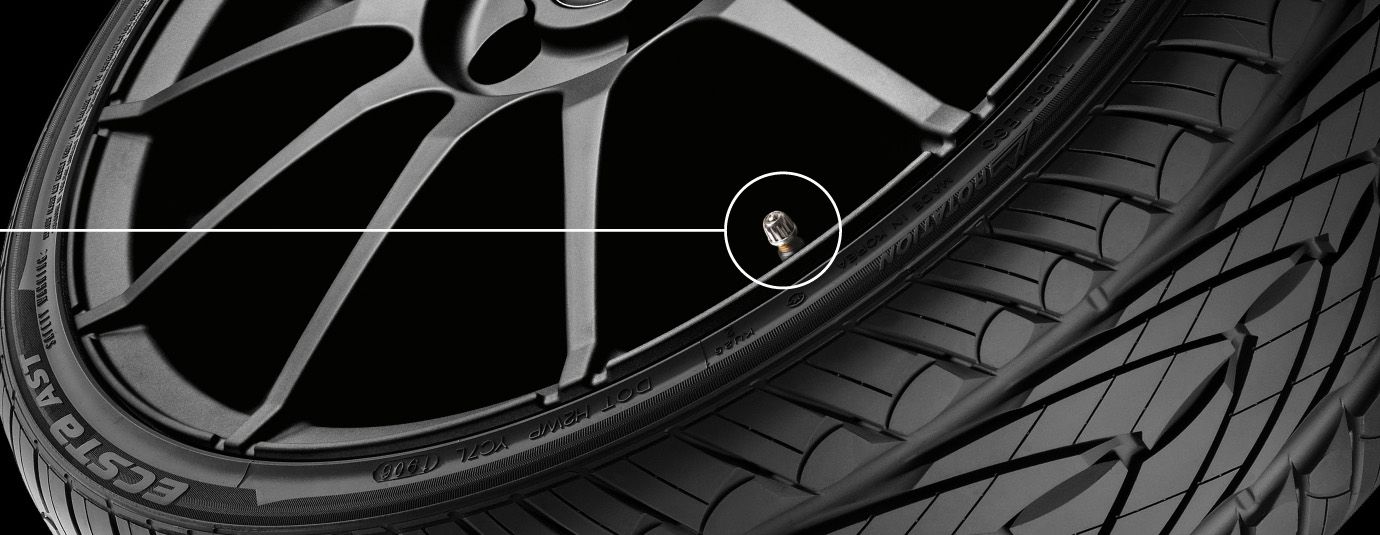TPMS

About TPMS
As of November 1, 2014 a new EU directive become effective with regard to TPMS, tire pressure monitoring systems.
As of that date, the makers of all newly-registered automobiles are required to provide a tire pressure monitoring system.
Anyone who purchased or registered a new auto after this date and wants to install after market rims/wheels (for example, a new set of winter tires) must take the vehicle to their specialized dealer to have some simple tests run.
If the newly acquired vehicle is equipped with an indirect system, there is no need to have it tested because the tire pressure is monitored by the car’s ABS brake system. In this case, the rims do not affect their operation.
If, however, the auto uses a direct TPMS system (sensor mounted on the wheel) then it is necessary to make sure the rim is compatible and meets the requirements for proper tire pressure monitoring.
OZ, MSW and SPARCO WHEELS are already fitted for and compatible with the majority of direct pressure sensors on the market.
To determine which pressure sensor is compatible with each wheel, OZ has added a special function to its 3D configurator that makes it possible to get all the information about the compatibility of the wheels with the currently available sensors.
TPMS Compatibility
Using the 3D configurator, it is possible to check the compatibility of each wheel with the most widely-available pressure sensors (TPMS).
For proper installation, please read the mounting and maintenance manuals provided by the manufacturer of the TPMS system and the car maker.
A V or an X in the table indicates the geometric compatibility to mechanical mounting of the system composed of a valve and sensor on the wheel indicated.
V= a wheel that is compatible and can be mounted
X= a wheel that is NOT compatible and should not be mounted
OZ tested this geometric compatibility using technical data and components available on the market.
Tests of electric/electronic compatibility or TPMS software control system programmability were not conducted.
Since the TPMS systems and the vehicles are subject to variations and technical updates at the discretion of their manufacturers and since the wheels themselves are subject to geometric production tolerances, for proper installation of the TPMS we recommend that the instructions set out in the mounting, use and maintenance manual provided by the manufacturer of the TPMS, and those of the automobile maker, be followed.
Verification of compliance with the directives and regulations in force in the country where the vehicle is registered is also recommended during the installation process.

